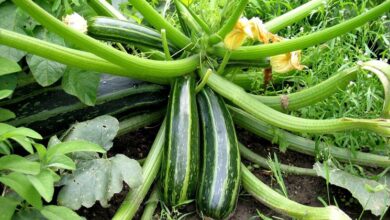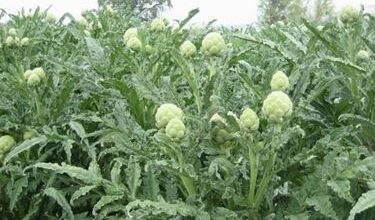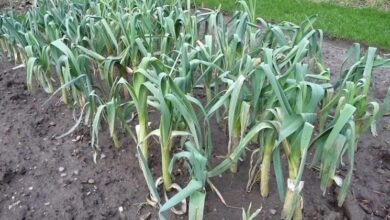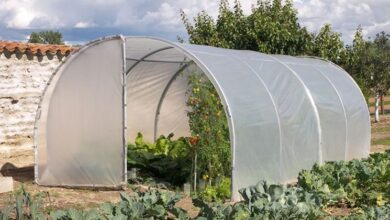Tropea onion
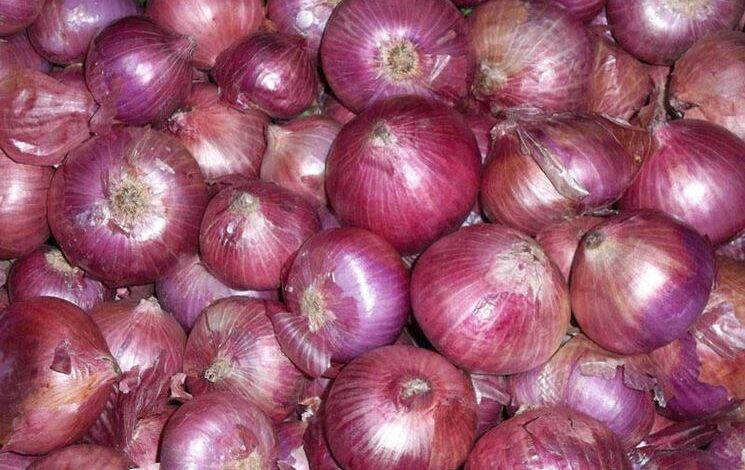
How to water the tropea onion
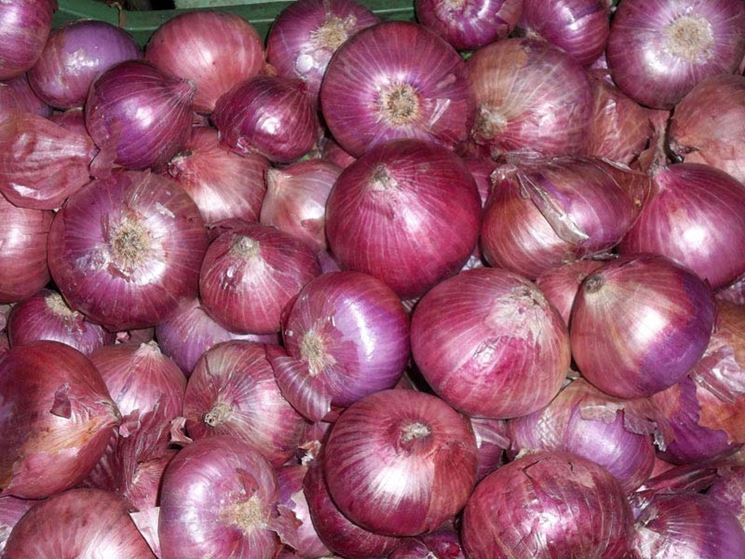
How to grow tropea onion
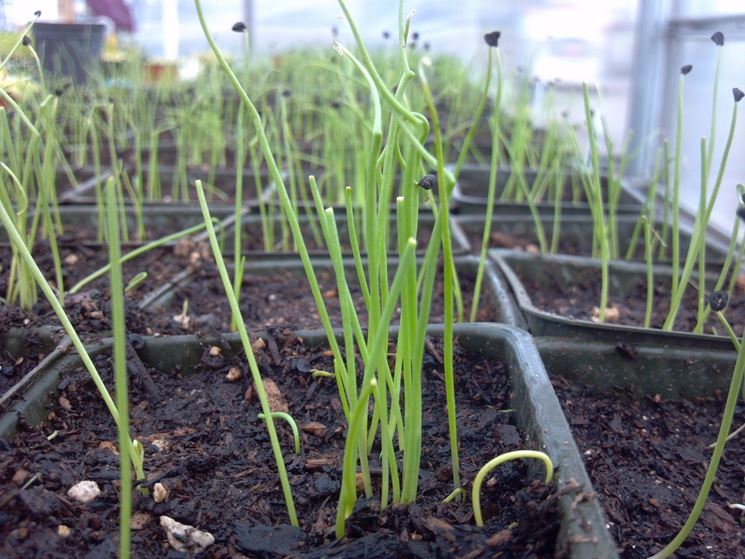
Tropea onion needs well-drained soil and a sunny spot. Before burying the bulbs, it is advisable to prepare the soil with mature manure or compost. It can be sown directly outdoors, but taking into account the fact that the onion cannot stand the cold and for this reason it can be sown in spring-summer. Tropea onion seeds are readily available on the market and you can choose between the long and the round variety. In addition to direct sowing, already developed seedlings can also be transplanted. In this case you can buy the seedlings at a nursery, or you can create an artisanal seedbed and get the seedlings from the bulbs. It is advisable to space the plants about 15 cm from each other and to separate the rows from each other by 30 cm.
Fertilizing the red onion
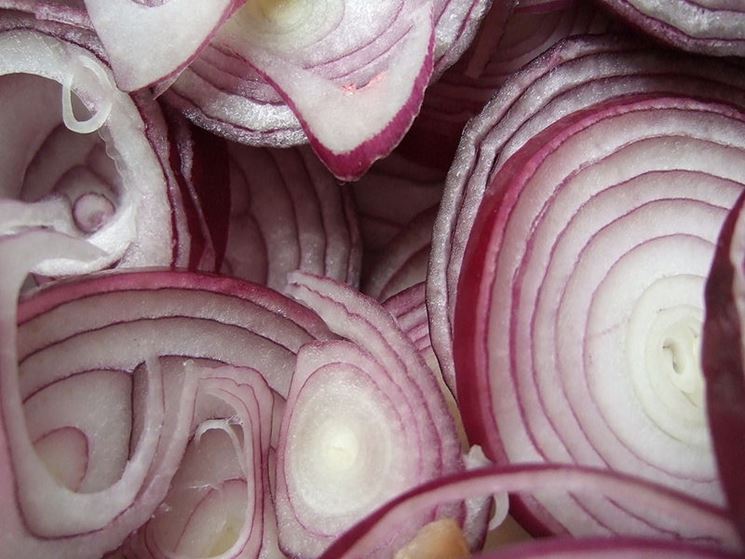
Tropea onion is not a particularly demanding vegetable from a nutritional point of view, especially in the early stages of plant development, as it can be considered a crop rotation that draws nourishment from the remains of previous crops. It will be sufficient to prepare the culture medium correctly before proceeding to sowing using mature manure or other organic fertilizer. Subsequently, during cultivation, it is possible to supply organic or mineral fertilizers, preferably slow release, based on nitrogen, potassium and phosphorus to be buried through periodic weeding. It is recommended to provide a good supply of phosphorus and potassium especially in the last month before harvesting. On the contrary, avoid overdoing the
Tropea onion: Diseases and parasites
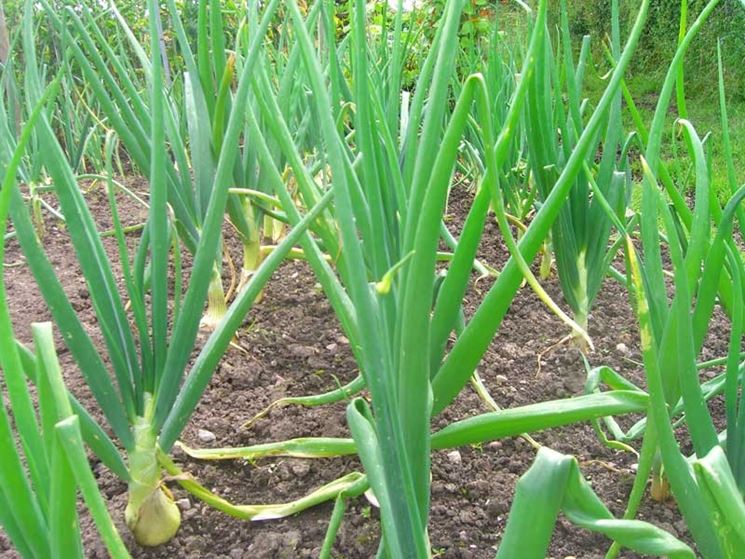
Tropea onion can be attacked by the onion fly. To try to prevent this problem without necessarily resorting to chemicals, it is advisable to grow onion in conjunction with carrots. In fact, carrots act as a natural repellent against this type of fly. Another problem that can affect the Tropea onion is downy mildew. When the plant is affected by this disease, leaves are noticed that turn gray and dry quickly. In this case it is recommended to intervene promptly, to avoid losing the harvest, using copper-based products. Finally, another problem that can affect the onion is mostly linked to errors in the administration of water, and is the onset of white mold.

